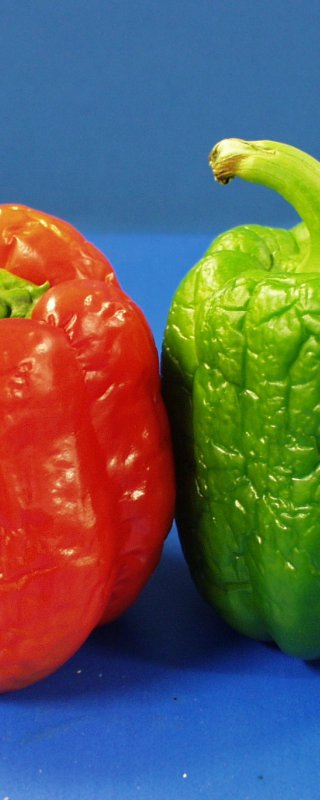
Packaging as protection against dehydration
The type of packaging has a major effect on the quality of fresh products. Packaging serves, among other things, as an extra barrier in addition to the skin or outer layer of a fresh product. Packaging can also put the product to sleep, prevent mechanical damage and possibly protect against adverse light influences. On this page you will learn more about the additional barrier function of packaging on the skin or outer cell layer of a product.
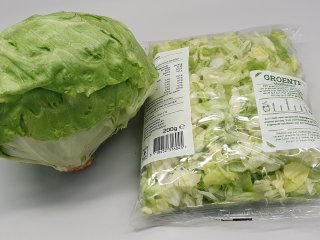
Water loss depends on environment and skin
After harvest fresh fruits and vegetables are sensitive to their storage conditions. Under dry conditions, they will lose a lot of water; the product will start wilting and its skin will show some shrivelling, lose its texture and will be considered as less fresh.
An example is the cucumber: when a cucumber loses more than 2% of its weight (water), it will lose its crunchiness and its appeal.
Fruit, vegetables and flowers have a natural protection against environmental conditions: their skin. But not all products have similar type of skin. They can be roughly divided in three categories with decreasing protection to dehydration:
- a thick skin
- a thinner layer but covered by a cuticula layer made of natural wax
- a really thin skin without any additional protection layer
Limiting transpiration rate by packaging
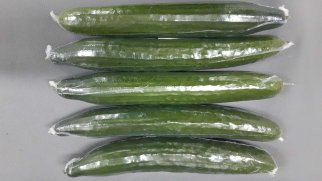
The majority of the water loss is regulated by the product’s transpiration rate. The skin can be compared to a resistance that controls the flow of water from inside the fruit to its environment. By increasing the resistance, less water will evaporate from the fruit and the product will be less sensitive to dehydration. Furthermore the more humid the environment around the fruit is, the colder is the temperature or the less air movement around the product is, the smaller the force will be that drives the water through the skin to outside the product.
Packaging can play a role in two ways:
- To increase the resistance against water transport. This is mainly done by packaging in direct contact with the product like shrink package and coating.
- To reduce the difference of pressure between the surrounding of the product and the product itself. By packing the product in a bag, the relative humidity inside the package increases to up to 95% and reduces the driving force of the water flow.
Examples of packaging that are used against dehydration
-
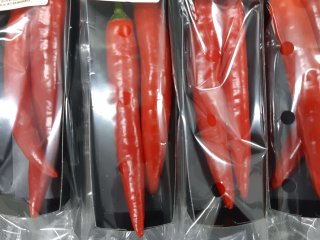
Chili peppers in a flow pack with macro-perforations. Photo by WUR. Flow pack with macro perforation
Macro-perforations are located in such way that they are not blocked when packages are stappled during transport or display -
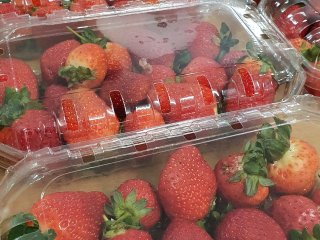
Strawberries in a clam shell tray. Photo by WUR. Clam shell trays
The lid is part of the tray and opening areas are located at the connection area between the tray and the lid -
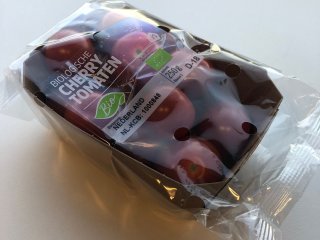
Cherry tomatoes packed in a cardboard tray with flowpack. Photo by WUR, Paper/cardboard based packages
Paper by absorbing water creates a microclimate around the product which reduce its transpiration rate -
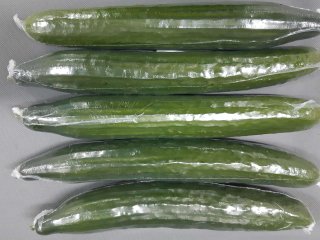
Cucumbers wrapped in shrinkfoil against dehydration. Photo by WUR. Shrink foil
Plastic film takes the form of the product and creates a microclimate around the product which reduce its transpiration rate.
Other protecting technologies against water loss
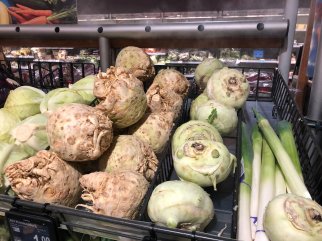
There is more and more regulation regarding the use of plastic packaging. When plastic shrink foil or flow packs are banished, other technologies should be used to ensure the protective function of such packaging. To reduce the water driving force between the product and its environment, the following technologies may be applied:
- Application of a wax or natural coating: the extra layer will increase the resistance of the skin without interfering with gas exchange
- Display of unpacked fresh produce under dry-misting installation: relative humidity around product is kept high artificially.
- Display of unpacked fresh produce inside a closed refrigerated cabinet to create optimal humidity conditions.